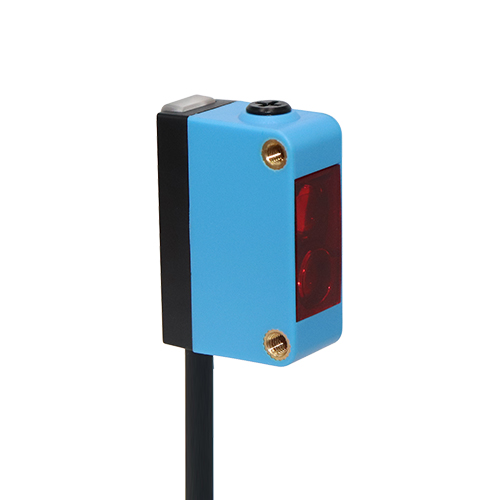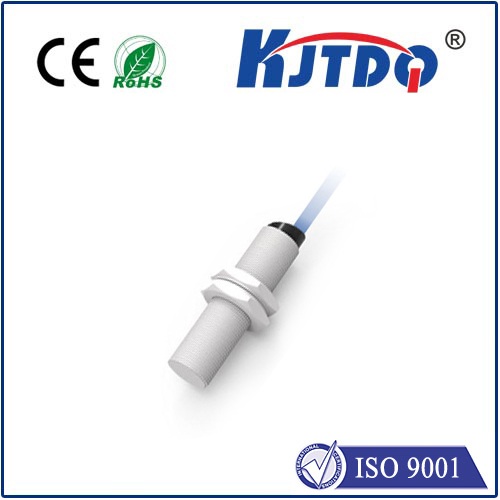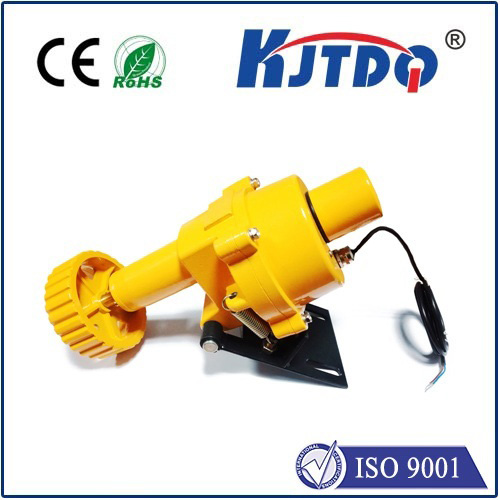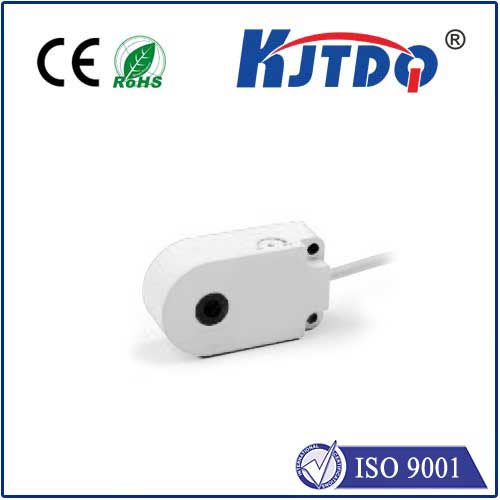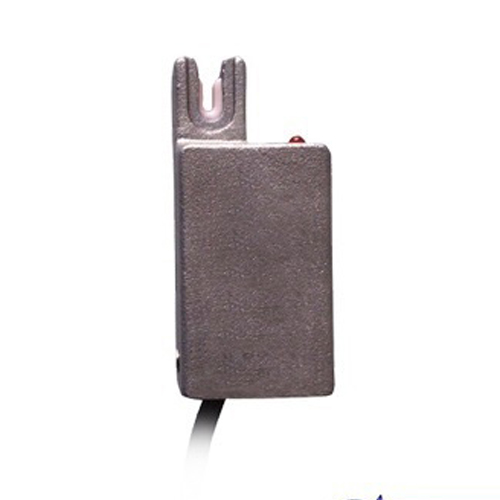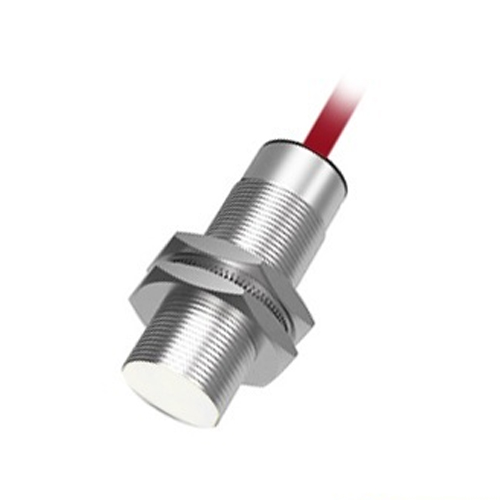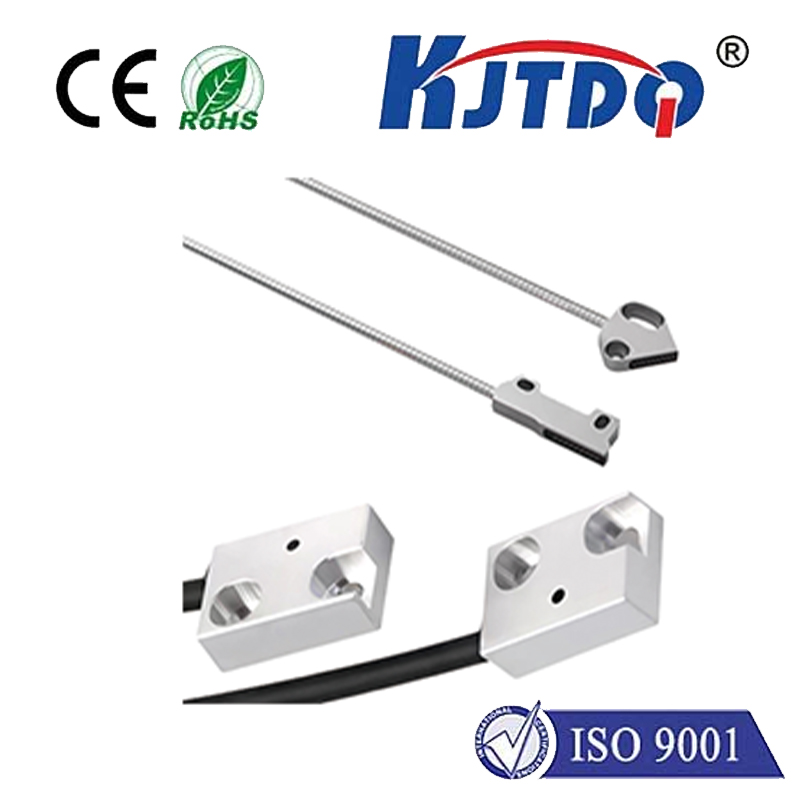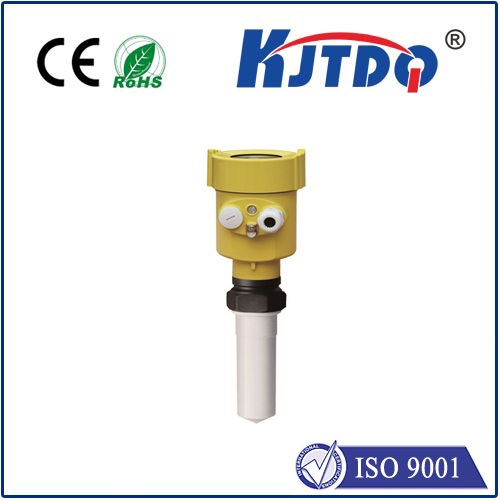

check

check

check

check
In today’s fast-paced industrial world, efficiency and precision are non-negotiable. Imagine a factory floor where machines seamlessly detect objects without missing a beat—reducing downtime and boosting productivity. That’s where photoelectric sensors come in, acting as the unsung heroes of automation. Among them, the E3Z-D62 PNP 8-50cm photoelectric sensor stands out as a versatile solution for diverse applications, from packaging lines to robotic arms. This article dives deep into this innovative device, exploring its features, benefits, and real-world uses to help you understand why it’s a game-changer. Whether you’re an engineer, a plant manager, or simply curious about sensor technology, you’ll discover how this compact tool delivers unmatched reliability and cost-effectiveness in demanding environments.
Photoelectric sensors, at their core, detect objects by emitting a light beam and measuring its reflection or interruption. They’re essential in automating processes, ensuring items are counted, positioned, or sorted accurately without human intervention. The E3Z-D62 model takes this to the next level with its optimized design for medium-range detection. Specifically, it features a PNP output type, which means it provides a positive voltage signal when an object is detected—ideal for compatibility with most programmable logic controllers (PLCs) and industrial systems. This simplicity in integration reduces setup time, making it a go-to choice for businesses aiming to streamline operations. Pair that with its impressive 8-50cm detection range, and you have a sensor that adapts to varying distances, from close-up quality checks to mid-range conveyor belt monitoring. For instance, in a bottling plant, this range allows it to spot defects on containers from multiple angles, preventing costly errors and ensuring uniform output.

Now, let’s unpack the technical specifications that make the E3Z-D62 such a standout performer. Built for durability, it boasts a rugged housing resistant to dust, moisture, and vibrations—common challenges in industrial settings. Its LED indicators provide clear visual feedback, so operators can quickly troubleshoot issues without halting production. The 8-50cm range is particularly noteworthy; it uses diffuse reflective technology, where the sensor emits infrared light and detects reflections from objects within this span. This eliminates the need for a separate reflector, simplifying installation and reducing maintenance hassles. Field tests show consistent accuracy even in fluctuating light conditions, a critical factor for environments like warehouses with variable lighting. Additionally, the PNP configuration ensures high noise immunity, minimizing false triggers that could disrupt workflows. Compared to older NPN (Negative-Positive-Negative) sensors, PNP types like this one offer better signal stability, which translates to fewer errors and higher overall system reliability. In essence, this sensor isn’t just about detection—it’s about delivering robust performance that keeps production lines humming smoothly.
When it comes to practical applications, the E3Z-D62 shines across a broad spectrum of industries. Its 8-50cm detection capability makes it perfect for tasks requiring moderate distances, such as in automotive assembly lines where it verifies component placement on engine blocks. Or, consider food processing plants: here, the sensor monitors package filling levels, from small 8cm items like cans to larger 50cm boxes, ensuring compliance with safety standards. One real-world case study from a logistics firm highlighted how upgrading to this photoelectric sensor cut downtime by 20%, thanks to its fast response time and immunity to ambient interference. Beyond manufacturing, it excels in automated storage systems, detecting pallet positions without physical contact—preserving equipment and reducing wear. The key advantage lies in its versatility; with easy mounting options and adjustable sensitivity, it integrates seamlessly into existing setups, whether you’re retrofitting old machinery or designing new smart factories. For businesses, this means lower total cost of ownership—investing in a reliable photoelectric sensor like the E3Z-D62 can yield quick returns through enhanced efficiency and reduced error rates.
Of course, choosing the right sensor involves weighing benefits against alternatives. The E3Z-D62 PNP photoelectric sensor offers several compelling advantages, including energy efficiency and long lifespan, often exceeding 100,000 hours of operation. These traits stem from its solid-state design, which lacks moving parts prone to failure. In competitive markets, this reliability translates to fewer replacements and lower operational costs. On the flip side, while ultrasonic sensors handle longer ranges, they struggle with soft or irregular surfaces, making the E3Z-D62’s optical approach superior for consistent object detection. Similarly, inductive sensors, which detect metal only, can’t match the broad versatility of this photoelectric model. Cost-effectiveness is another highlight; with prices accessible for SMEs, it democratizes high-end automation without compromising on quality. As industries evolve toward Industry 4.0, integrating such sensors with IoT platforms amplifies their impact, enabling real-time data collection for predictive maintenance. Ultimately, the E3Z-D62 embodies innovation that drives modern manufacturing forward—proving that a well-chosen photoelectric sensor is an asset, not just a component.
Maintaining peak performance is straightforward with this sensor. Regular cleaning of the lens ensures optimal light transmission, while calibration checks every few months prevent drift in the 8-50cm range. For those handling installations, connecting the PNP output to control systems is intuitive, often requiring minimal wiring—ideal for quick upgrades or expansions. Support resources, such as manuals from reputable suppliers, provide step-by-step guides, demystifying setup for non-experts. This user-friendliness underscores why the E3Z-D62 remains a top pick in the photoelectric sensor market. As technology advances, trends like miniatur
